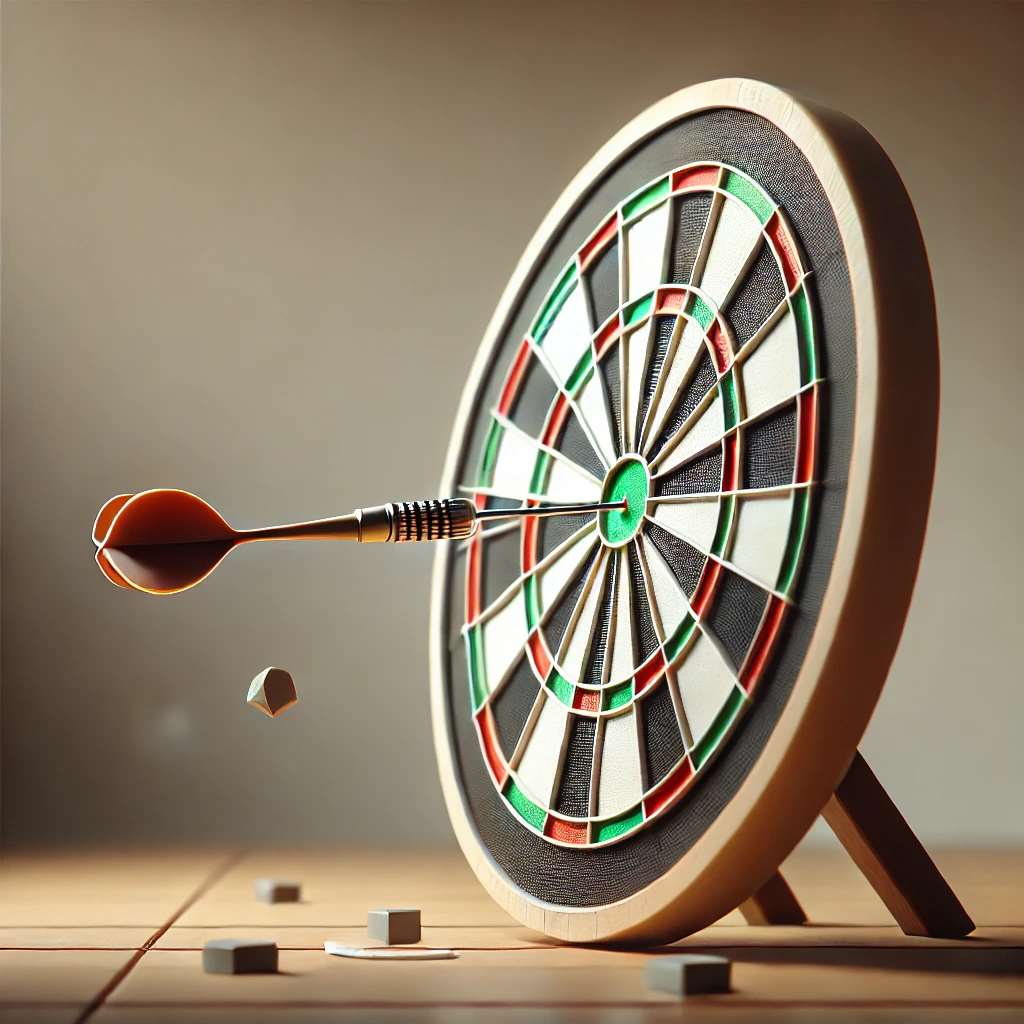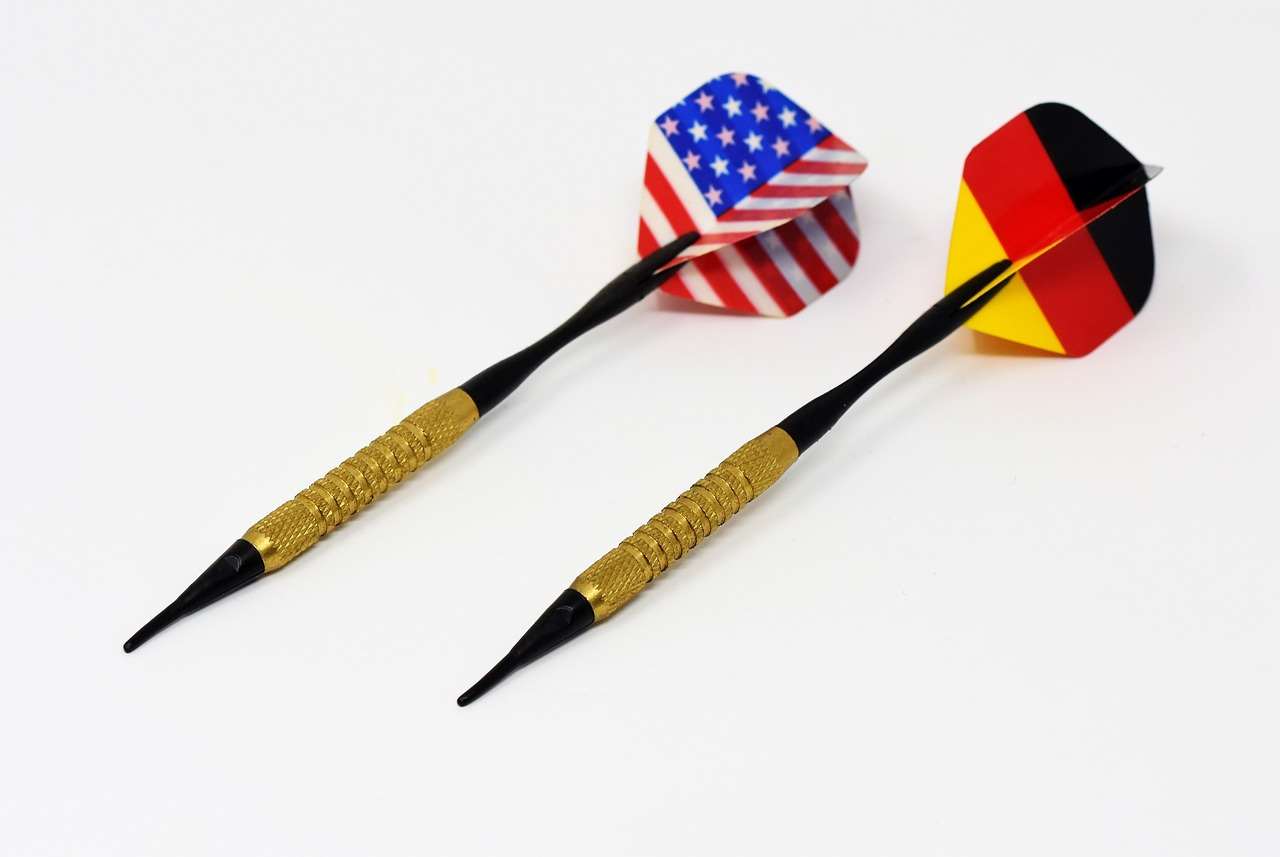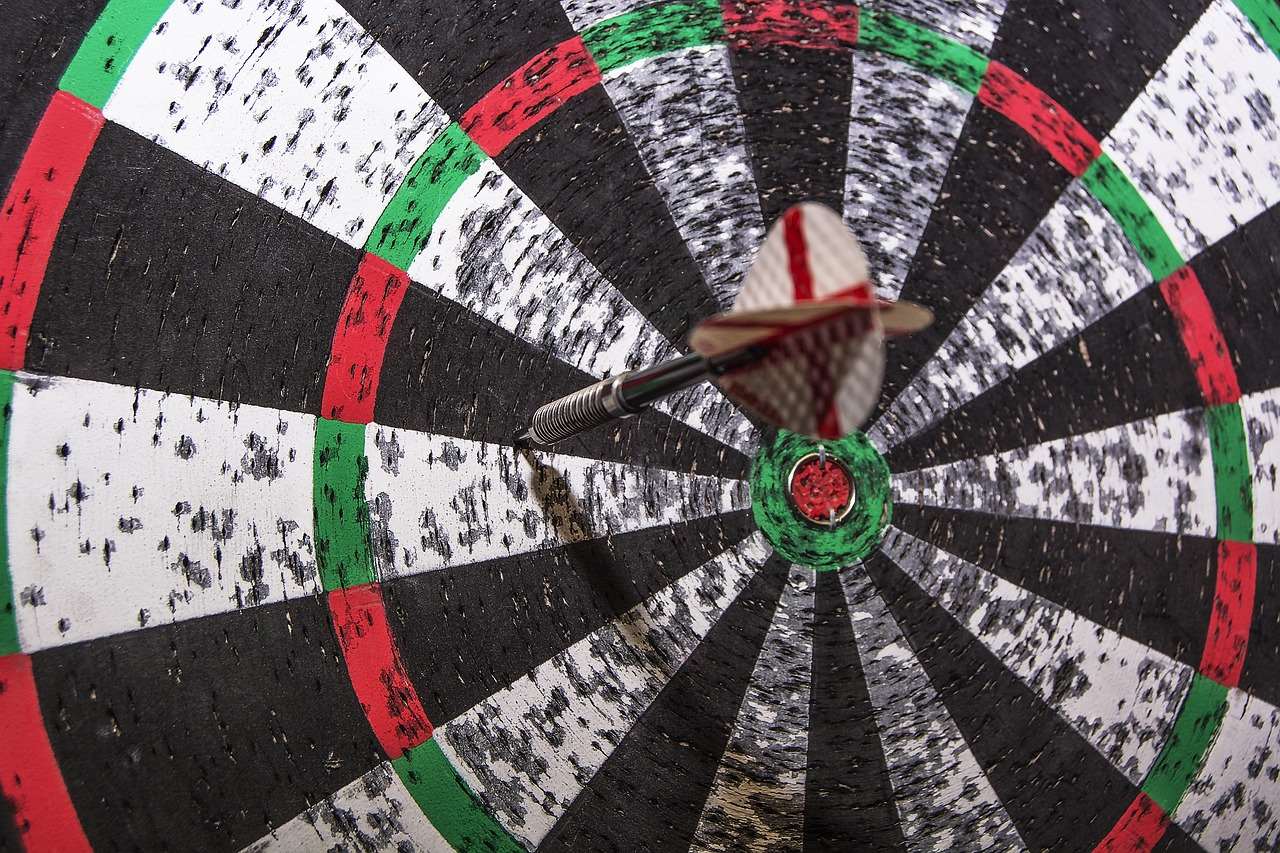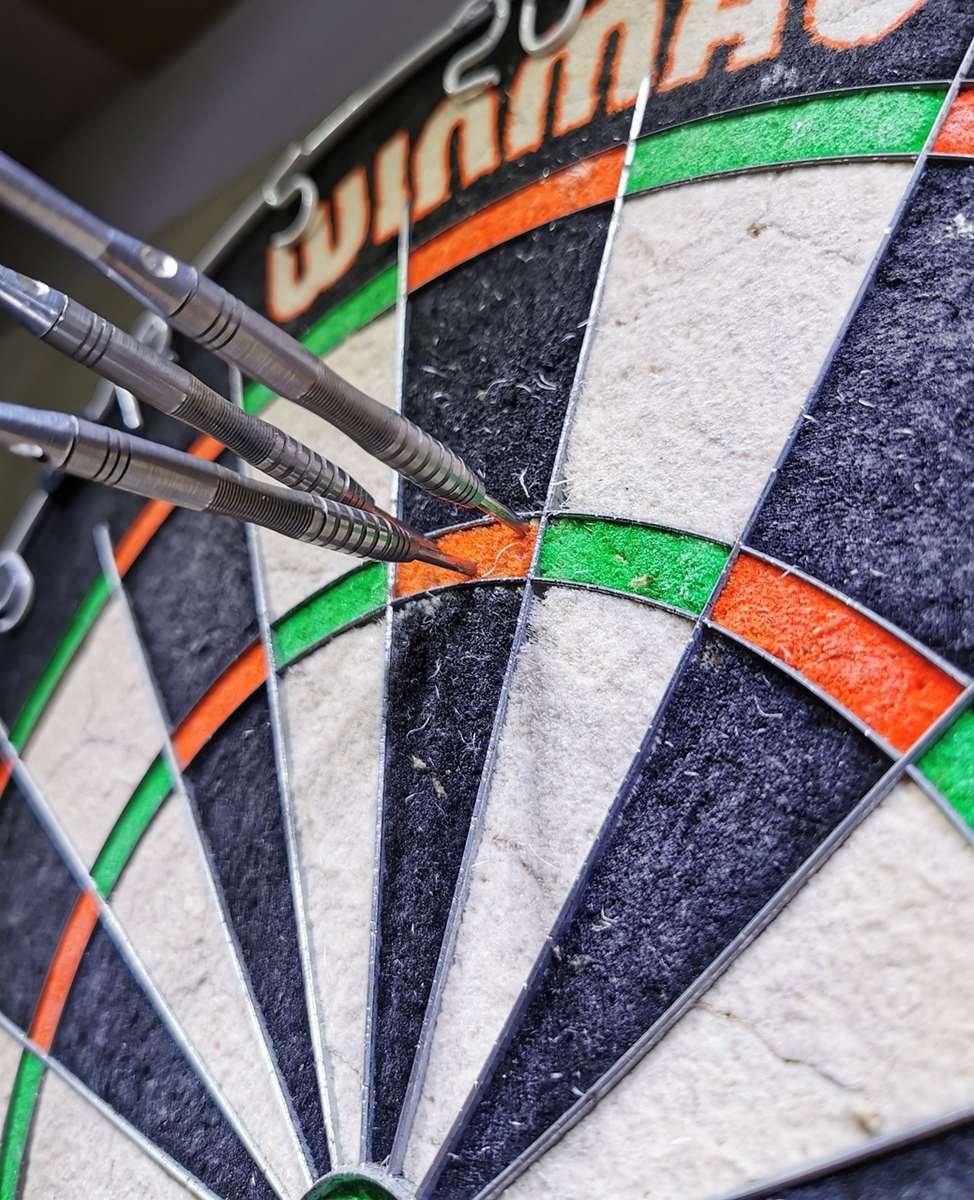Spice up your home dart games! Alternative darts rules for home play can transform a standard game into a uniquely fun and engaging experience for players of all skill levels. This article explores a range of exciting rule variations, offering everything you need to tailor your dart games to your specific group and preferences.
⚠️ Still Using Pen & Paper (or a Chalkboard)?! ⚠️
Step into the future! The Dart Counter App handles all the scoring, suggests checkouts, and tracks your stats automatically. It's easier than you think!
Try the Smart Dart Counter App FREE!Ready for an upgrade? Click above!
Why Explore Alternative Darts Rules for Home Play?
While classic dart games like 501 and Cricket are staples, they can become repetitive over time. Exploring alternative darts rules injects fresh excitement and caters to diverse skill levels. Imagine a scenario where a novice player consistently loses; modifying the rules can level the playing field, making the game more enjoyable for everyone involved. This not only keeps players engaged but also encourages them to improve their dart throwing skills and develop new strategies. Furthermore, adapting darts rules for beginners or children ensures they have a positive first experience with the game. Varying gameplay also sharpens your darting abilities by requiring you to think differently and adapt to new challenges.

Popular Alternative Dart Game Variations
Here’s a look at some popular and easily adaptable dart games that deviate from traditional rulesets, offering unique challenges and fun:
- Around the World: Players must hit each number on the board in sequence, starting with 1 and progressing to 20. The first to hit all numbers wins. You can further complicate it by requiring a double to finish. This game helps improve accuracy and target acquisition.
- Killer: Each player chooses a number (if multiple players pick the same number, re-throw to decide). They must then hit that number three times to become a “Killer.” Killers can then target other players’ numbers, requiring them to hit their number three times again to stay in the game. The last player with a life wins.
- Golf: Players aim to score the lowest number of darts over 9 or 18 “holes” (rounds). Each hole corresponds to a number on the dartboard (e.g., Hole 1 is the number 1, Hole 2 is the number 2, and so on). Scoring is based on how many darts it takes to hit the target number. This game tests precision and consistency.
Adapting Darts Rules for Different Skill Levels
One of the biggest advantages of playing at home is the flexibility to adjust the rules to accommodate different skill levels. Here are some ideas for doing just that:
- Handicap Systems: Give less experienced players a head start by subtracting points from their initial score (in games like 501). You can also implement a system where better players need to hit doubles or triples to score, while beginners score normally. See our tips for how to make darts fairer with handicap rules for more detailed suggestions.
- Target Size Modification: For children or complete beginners, consider using a larger target or allowing them to stand closer to the board. Alternatively, simplify the target; for instance, only score numbers within a specific range (e.g., 1-10) or focus on hitting specific sections like the bullseye.
- Point System Adjustments: In games like Cricket, alter the number of marks required to close a number. New players might only need two marks, while experienced players need the standard three. This provides a balanced challenge.
Modifying rules for mixed-level dart players is crucial for maintaining a positive and enjoyable environment.
Creative Twists for Parties and Social Gatherings
Hosting a darts party? Take things up a notch with these fun and engaging rule variations:
- Team Games: Split into teams and play modified versions of classic games. Relay races where each team member throws a set number of darts can add an element of excitement.
- Themed Games: Create a game with rules based on a particular theme (e.g., a superhero theme where hitting specific numbers grants “powers” or a movie theme where hitting certain areas triggers “scenes”).
- Trick Shot Challenges: Introduce trick shot challenges for bonus points. These could include throwing darts backward, with your non-dominant hand, or while standing on one leg.
For more ideas, check out creative dart rules for parties and social gatherings to really liven up your next gathering! Don’t be afraid to experiment and see what resonates best with your group.

Adapting Standard Games: Simple Rule Modifications
You don’t necessarily need to learn entirely new games to enjoy alternative darts rules for home play. Often, simple modifications to existing games can provide a significant boost in fun and engagement. Here are a few examples using the popular game 501:
- “No Bust” Rule Variation: In standard 501, exceeding the target score results in a “bust,” and the player’s turn ends with no score for that round. A common house rule is to allow a “second chance” after a bust, permitting one more throw to try and correct the mistake (potentially with a point penalty).
- Bonus Points for Specific Finishes: Award bonus points for finishing the game with a specific number (e.g., 50 – the bullseye). This encourages players to aim for high-risk, high-reward shots.
- Restricted Checkout Areas: Limit the areas players can use to checkout (e.g., only doubles, or only numbers on the right side of the board). This increases the difficulty and forces players to develop more strategic checkout routes.
For those just getting started, explore our simplified 501 game rules for novice players for an even easier introduction.
Incorporating Darts Practice Drills into Game Rules
Combine fun with skill development by integrating practice drills into your home dart games. This makes practice more engaging and helps players improve specific areas of their game:
- Bullseye Challenge: Add a requirement to hit the bullseye a certain number of times within a set number of rounds to earn a bonus or advance in the game.
- Double-Out Practice: Force players to finish (checkout) using only doubles. This enhances their accuracy on the double ring, a crucial skill in competitive darts.
- Treble 20 Focus: Incorporate a rule where hitting treble 20 earns extra points or special advantages. This encourages players to consistently target the highest-scoring segment of the board.

Darts Rules for Small Spaces and Limited Mobility
Even if you have limited space or mobility, you can still enjoy darts at home. Here are some rule modifications to make the game more accessible:
- Shortened Throwing Distance: Reduce the oche (throwing line) distance to accommodate smaller rooms. Ensure the distance is still safe and comfortable for all players. Our guide to adapting darts rules for small spaces: tips and tricks has even more ideas.
- Seated Darts: Allow players to throw from a seated position if they have mobility limitations. Ensure the dartboard is mounted at an appropriate height for seated play.
- Simplified Scoring: Focus on hitting specific sections of the board (e.g., only the bullseye or the 20 segment) to make the game less demanding on accuracy and physical exertion.
Remember to prioritize safety above all else when playing darts in confined spaces.
Ensuring Fair Play and Resolving Disputes
Even in casual home games, disputes can arise. Establish clear rules beforehand to minimize disagreements:
- Oche Distance: Clearly mark the throwing line (oche) and ensure all players throw from behind it.
- Dartboard Height: Confirm the dartboard is mounted at the correct height (bullseye at 5 feet 8 inches from the floor).
- Stance and Throwing Style: Clarify any restrictions on stance or throwing style (e.g., whether players can cross the oche after releasing the dart).
When in doubt, a friendly re-throw is often the best way to resolve minor disagreements. Maintaining a positive and sportsmanlike attitude is key to enjoying your home dart games.

Tracking Scores and Celebrating Victories
While sophisticated electronic dartboards can track scores automatically, a simple whiteboard or notepad is perfectly adequate for home games. Designate a scorekeeper or rotate the responsibility among players. Make sure scores are clearly visible to everyone. Celebrating victories, even small ones, adds to the fun and positive atmosphere. Consider awarding small prizes or bragging rights to the winner.
Creating Custom Darts Rules
The beauty of playing at home is that you’re not bound by official rules. Feel free to create your own custom darts rules to suit your preferences and the skill levels of your players. Experiment with different scoring systems, target assignments, and bonus opportunities. Don’t be afraid to get creative and try new things. The goal is to have fun and create a memorable experience for everyone involved. Consider letting each player create a rule to be implemented each round!

Maintaining a Safe Darts Environment
Safety should always be the top priority when playing darts at home. Here are some essential safety precautions:
- Clear Throwing Zone: Ensure there is a clear and unobstructed throwing zone, free from obstacles or bystanders.
- Proper Lighting: Provide adequate lighting around the dartboard to ensure players can see the target clearly.
- Dartboard Surround: Use a dartboard surround to protect the wall from stray darts.
- Adult Supervision: Always supervise children when they are playing darts.
By following these safety guidelines, you can enjoy your home dart games without incident. And of course, start with the Basic Darts Fundamentals for Beginners.
Conclusion: Elevating Your Home Dart Game Experience
Embracing alternative darts rules for home play unlocks a world of fun and customization. By adapting game variations, implementing handicap systems, and creating custom rules, you can tailor your dart games to suit any skill level and preference. Remember to prioritize safety, fair play, and, most importantly, enjoyment. So, gather your friends and family, experiment with these ideas, and transform your next dart game into an unforgettable experience. Ready to take your darts experience to the next level? Try some of these rule modifications tonight!
Hi, I’m Dieter, and I created Dartcounter (Dartcounterapp.com). My motivation wasn’t being a darts expert – quite the opposite! When I first started playing, I loved the game but found keeping accurate scores and tracking stats difficult and distracting.
I figured I couldn’t be the only one struggling with this. So, I decided to build a solution: an easy-to-use application that everyone, no matter their experience level, could use to manage scoring effortlessly.
My goal for Dartcounter was simple: let the app handle the numbers – the scoring, the averages, the stats, even checkout suggestions – so players could focus purely on their throw and enjoying the game. It began as a way to solve my own beginner’s problem, and I’m thrilled it has grown into a helpful tool for the wider darts community.